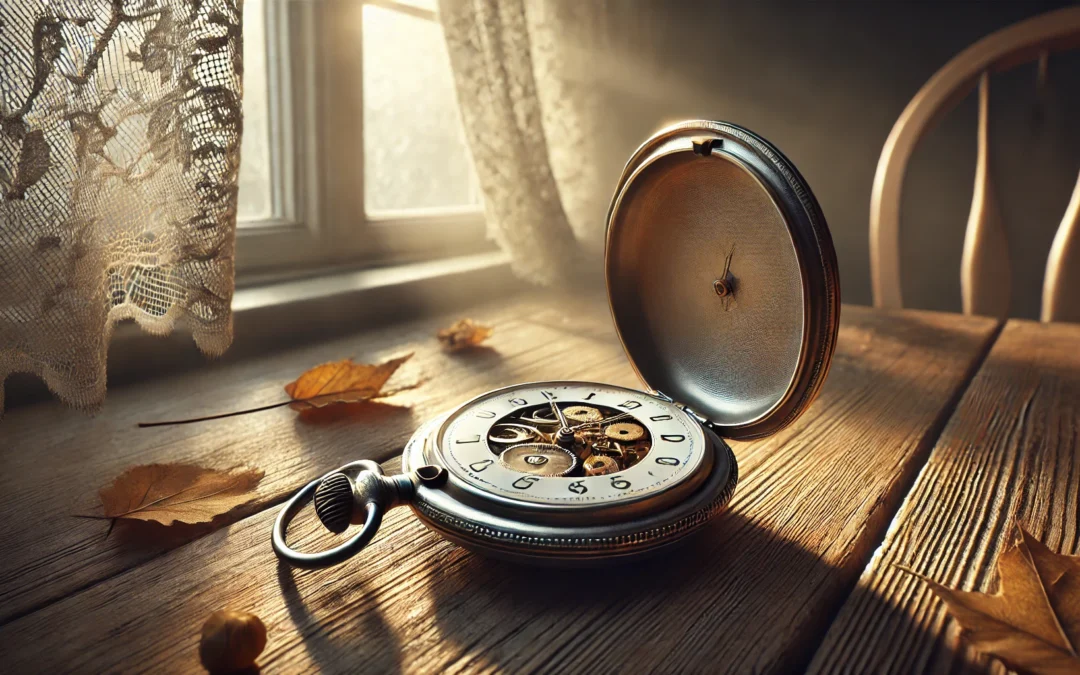Nostalgia isn’t just about memories – it’s about how those memories make us feel. It’s the warmth of remembering your favorite childhood snack or the excitement of hearing an old song that transports you back to simpler times. These moments often carry more than just facts about the past; they hold emotions, connections, and a sense of who we were.
At its core, nostalgia is deeply human. Everyone has a story or an experience that brings a rush of longing, comfort, or joy. It might be as universal as Saturday morning cartoons or as personal as the scent of your grandmother’s cooking. Nostalgia helps us reconnect with what truly matters – our experiences, relationships, and the values they shaped.
This article explores 30 examples of nostalgia that resonate with many of us. From treasured toys to cultural milestones, each one is a reminder of the rich tapestry of the past. Whether these examples make you smile, laugh, or reflect, they highlight the powerful role nostalgia plays in our lives.
What Is Nostalgia?
Nostalgia is a deep emotional connection to the past. It happens when you remember events, people, or things that brought joy, comfort, or meaning to your life. These memories often create a mix of happiness and longing. Nostalgia isn’t just about remembering; it’s about the feelings tied to those memories.
The word comes from Greek roots: “nostos,” meaning homecoming, and “algos,” meaning pain or ache. It was originally used to describe homesickness. Today, nostalgia is about more than missing home. It can include anything that reminds you of a time you cherish.
Nostalgia can be triggered by many things. A song might remind you of high school. A smell could bring back memories of a childhood meal. Even objects like old toys or photographs can bring up feelings of nostalgia.
This feeling is universal. Almost everyone experiences it at some point. For some, it’s about the joy of looking back on simpler times. For others, it can provide a sense of comfort during tough moments. Nostalgia helps people feel connected to their personal history.
Though nostalgia is rooted in the past, it can influence the present. It reminds you of the values, relationships, and moments that shaped who you are. This connection makes nostalgia more than just a memory – it’s a powerful emotional experience
The Best Examples of Nostalgia
Nostalgia reminds us of the moments that felt simple and meaningful. It’s those small things – like a favorite cartoon or the sound of a cassette – that bring back memories we didn’t realize we missed. Here are 40 examples that capture the feelings and experiences many of us hold close.
1. Classic Video Games
Games like Super Mario Bros. and Pac-Man remind us of simpler times. They weren’t just about winning; they were about hours spent with friends or family, taking turns and cheering each other on.
2. Saturday Morning Cartoons
For many, waking up early on Saturdays to watch shows like The Flintstones or Teenage Mutant Ninja Turtles was a cherished routine. It made weekends feel special.
3. Cassette Tapes
The sound of rewinding a cassette or making your own mixtape was a hands-on way to enjoy music. It was personal and meaningful in a way that digital playlists often aren’t.
4. Polaroid Cameras
Instant photos felt magical. The wait for the image to develop added excitement, and each photo was one of a kind – blurry or not.
5. Home Phones with Cords
Before smartphones, family homes had a central phone with a long cord. Conversations often happened in kitchens or hallways, making it a shared experience.
6. Roller Skating Rinks
Going to the roller rink was an event. The disco lights, pop music, and the challenge of staying upright created memories of fun and laughter.
7. Walkman or Discman
These portable music players were revolutionary. Walking around with your favorite album playing felt like carrying your own soundtrack.
8. Pogs and Trading Cards
Collecting Pogs or trading Pokémon cards wasn’t just a hobby; it was a way to connect with friends and show off your prized collection.
9. School Lunch Boxes
Opening a metal lunch box with characters like Scooby-Doo or Transformers on it was a daily thrill. They often came with thermoses and unique designs.
10. Drive-In Theaters
Watching movies from your car was an experience like no other. It was intimate, fun, and brought families together under the stars.
11. Arcades
Before gaming consoles, arcades were the go-to spots for fun. They were noisy, full of energy, and a place to test your skills in games like Street Fighter or Space Invaders.
12. Tamagotchi Pets
These digital pets taught us responsibility. Feeding them, cleaning up after them, and keeping them alive became a serious commitment for kids.
13. Milk Delivered to Your Door
For those who grew up in the era of milkmen, seeing fresh bottles on the porch was a part of daily life. It’s a memory tied to a slower, more local way of living.
14. Rotary Phones
Dialing on a rotary phone required patience and precision. The mechanical clicks are a distinct sound many remember fondly.
15. Crayola Crayon 64-Color Box
This wasn’t just a box of crayons; it was a treasure chest. With colors like “Macaroni and Cheese,” it sparked creativity in kids everywhere.
16. Old-School Board Games
Games like Candy Land, Monopoly, or Clue brought families together for hours of fun. Losing was part of the experience, and it always felt worth it.
17. Reading Printed Magazines
Whether it was Seventeen or Sports Illustrated, flipping through glossy pages while sitting in your room was a quiet escape.
18. Handwritten Letters
Getting a letter in the mail felt special. The personal touch of someone’s handwriting made it so much more meaningful than a text or email.
19. Slinky Toys
Watching a Slinky walk down stairs or stretch endlessly was oddly satisfying. It was simple fun, yet endlessly entertaining.
20. Bubble Gum Machines
The thrill of putting in a coin and getting a colorful gumball was unforgettable. The bright machines were a common sight in stores and malls.
21. Old-School TV Shows
Shows like The Golden Girls or Cheers weren’t just entertainment; they were shared experiences. Families often gathered to watch them together.
22. Chalk on Sidewalks
Drawing with chalk on sidewalks wasn’t just an activity; it was a creative outlet. Kids filled driveways with doodles, hopscotch, and other games.
23. Cooking with Grandparents
Many people fondly remember learning recipes from grandparents. The smell of cookies baking or a homemade stew simmering is tied to love and care.
24. Encyclopedias
Before Google, encyclopedias were the go-to for school projects. The rows of heavy books in the library had a certain charm.
25. Watching Fireflies
Catching fireflies on warm summer nights was magical. It was a peaceful way to connect with nature and feel like a part of something bigger.
26. Rubik’s Cube
Solving – or trying to solve – a Rubik’s Cube was a challenge that brought both frustration and joy. It was a global sensation.
27. School Book Fairs
The excitement of picking out books or colorful erasers during a school book fair was unmatched. It made reading feel like an adventure.
28. Paper Maps
Before GPS, unfolding a giant paper map to find your route was the norm. It was challenging but added an adventurous feel to trips.
29. Popcorn Poppers
Watching popcorn pop in an old-school popper was part of the fun. The sound and smell created anticipation for movie nights.
30. Holiday Decorations from Childhood
Many families reused the same decorations year after year. Seeing them brought back memories of celebrations and togetherness.
31. Flip Phones
Flip phones weren’t just about making calls. They had a satisfying click when closing them and tiny screens with pixelated games. Texting with T9 typing was a skill people still brag about.
32. Lava Lamps
The slow, hypnotic movement of lava lamps made them a popular room accessory. They gave off a warm glow and a retro vibe, turning any space into something special.
33. Paper Fortune Tellers
These handmade paper crafts, often called “cootie catchers,” were a staple in school classrooms. Kids loved asking questions and “predicting” the future with them.
34. Video Rental Stores
Walking through aisles of VHS tapes or DVDs, picking out a movie for the weekend, was an experience in itself. The excitement of finally finding a popular title was unmatched.
35. Ice Cream Trucks
Hearing the cheerful jingle of the ice cream truck in the distance meant one thing: summer fun. Kids would run to the street with spare change, eagerly choosing from colorful menus.
36. Pop Rocks Candy
This candy crackled and popped in your mouth, creating a unique sensation. It wasn’t just a treat—it was an experience that made kids giggle.
37. School Overhead Projectors
Teachers used these for lessons, writing on transparencies with markers. The hum of the bulb and the slight warmth they gave off are oddly comforting memories.
38. Toy Water Guns
Simple water guns were a big part of summer fun. Running around in the yard, soaking friends and family, felt like the ultimate carefree activity.
39. Parachute Games in Gym Class
That giant colorful parachute in gym class was a highlight for many. Everyone holding the edges, making waves, and running underneath it was pure joy.
40. Pencil Sharpeners on the Wall
Every classroom had one. The sound of manually sharpening a pencil, along with the smell of freshly ground wood, is a small but vivid memory from school days.
How to Create Nostalgic Moments Today
Nostalgia is a powerful way to bring comfort and connection into your life, and creating those moments can be surprisingly simple. One way is by revisiting the music you loved during a meaningful time in your life. Curate a playlist filled with songs from your childhood or teenage years. Play it during quiet evenings or on road trips, letting the familiar tunes transport you back to specific moments. Music has a way of pulling us into memories we hadn’t thought of in years.
Another idea is to watch classic movies or TV shows that meant something to you growing up. Gather family or friends, make popcorn, and turn it into a special night. Rewatching old favorites not only sparks personal memories but also creates an opportunity to share those experiences with others who may not know them. It’s a way to connect across generations, as you explain why these moments mattered to you.
Cooking old family recipes is another simple way to bring nostalgia into your home. The smell of baking cookies or simmering soup can remind you of childhood holidays or quiet afternoons with loved ones. If you don’t have a family recipe, consider revisiting popular dishes from when you were younger, like homemade pizza or a classic casserole. Cooking together adds an extra layer of meaning, especially when it sparks stories about the past.
You could also try recreating old traditions. Maybe you used to play board games on weekends or spend summers visiting a local park. Bring those routines back, even in small ways. Playing a game like Monopoly or Clue, or taking a walk to a familiar spot, can help you relive those cherished moments while making new memories.
Looking through photo albums or organizing old keepsakes is another way to reconnect with the past. Spend time flipping through old pictures or touching items that remind you of a specific period. Share the stories behind them with friends or family. Sometimes, simply holding an old object – a toy, a piece of clothing, or a letter – can spark powerful memories.
The benefit of creating nostalgic moments is that they provide comfort and perspective. They remind us of where we’ve been and help us appreciate the present. By intentionally reconnecting with the past, you not only revisit happy times but also reinforce the values and relationships that shaped you. It’s not just about looking back; it’s about bringing the best parts of your history into your life today.
Types of Nostalgia
Nostalgia comes in different forms, each triggering memories and emotions in unique ways. These types help explain why certain things resonate deeply with us while others might not. Below are the main types of nostalgia and what makes them distinct.
Personal Nostalgia
This is the most common type of nostalgia. It’s tied to specific moments from your own life. Examples include childhood birthday parties, a favorite family vacation, or the first time you rode a bike. These memories are personal and often tied to milestones or simple joys that shaped who you are.
Cultural Nostalgia
Cultural nostalgia relates to shared experiences within a group or society. It might involve trends, music, movies, or fashion from a specific decade. For example, people often feel connected by their love for 80s rock music or 90s sitcoms. It’s a collective way of looking back at a particular era.
Anticipatory Nostalgia
This is a less obvious type. It’s the longing for moments you are still experiencing, knowing they will one day become a memory. For example, parents often feel this when watching their children grow up. They treasure the current moment while already missing it at the same time.
Restorative Nostalgia
Restorative nostalgia involves wanting to bring the past back. It’s not just about remembering but actively trying to recreate it. For instance, people restoring vintage cars or bringing back retro fashion trends often fall into this category.
Reflective Nostalgia
Reflective nostalgia is more about enjoying the memory without wishing to relive it. It’s about cherishing the feelings that come with looking back. You might think fondly of your school years without wanting to go back to that time.
Historic Nostalgia
Historic nostalgia focuses on times you never personally experienced but feel drawn to. For example, some people romanticize the 1950s because of its style or simplicity. It’s not tied to personal memories but to an idealized version of history.
Situational Nostalgia
Situational nostalgia happens when something in the present triggers memories of the past. A certain smell, a song, or even the weather can bring back feelings tied to earlier experiences. It’s often unexpected and deeply emotional.
Communal Nostalgia
This type of nostalgia happens in groups. It might be shared by people at a reunion, a sports team celebrating past victories, or even fans of a long-gone TV show. It’s about bonding over shared memories.
Is Nostalgia Good or Bad?
Nostalgia is often described as bittersweet. It brings a mix of joy and longing, making us smile at the same time we feel a tug in our chest. But is it good for us to feel this way? The answer isn’t simple, but it’s worth exploring.
For many, nostalgia is a source of comfort. It reminds us of the good times we’ve experienced and the people we’ve shared them with. When life feels overwhelming, remembering those moments can be grounding. It’s like carrying a little piece of happiness that we can hold onto, no matter what’s happening now. Nostalgia can even help us feel closer to our loved ones, especially when we share old stories or laugh about the past together.
On the other hand, nostalgia can sometimes feel heavy. Thinking about the past might make you long for something you can’t have anymore – a time, a place, or even a person. For some, it can bring feelings of sadness or make the present seem less fulfilling. It’s easy to get stuck in the “what ifs” or the “if onlys” when looking back.
But nostalgia isn’t inherently bad. Like most emotions, it’s about how we handle it. Feeling nostalgic can remind us of our values and the things we care about most. It can inspire us to create meaningful moments now, knowing they’ll one day become cherished memories. At the same time, it’s important to balance those feelings with an appreciation for the present. After all, the memories we look back on fondly were once our “now.”
Nostalgia is neither entirely good nor entirely bad. It’s simply human. It shows us that we’ve lived and loved, that we have a story worth remembering. When we let it guide us – without letting it hold us back – it can add depth and meaning to our lives. In the end, nostalgia is a reminder of the beauty in both the past and the moment we’re living right now.
Read also: 150 Examples of Difficult Problems
The Most Popular on BitGlint
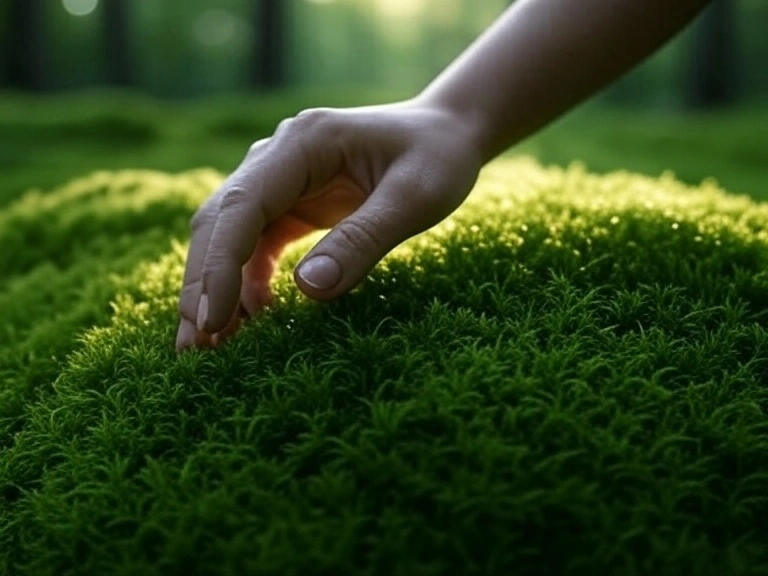
30 Nature Worship Examples & Meaning
Nature has always mattered to people. Long before modern religions, people looked to the sky, the land, and the...
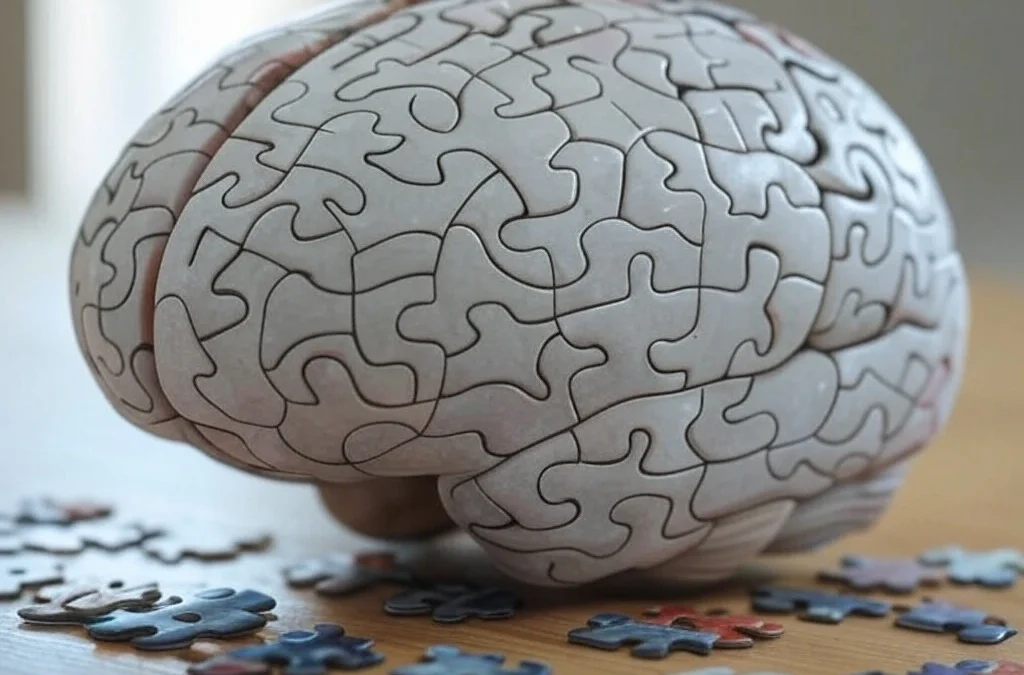
Top 30 Synergy Examples in Different Fields & Definition
Synergy represents one of the most powerful concepts across numerous fields - from business and science to...
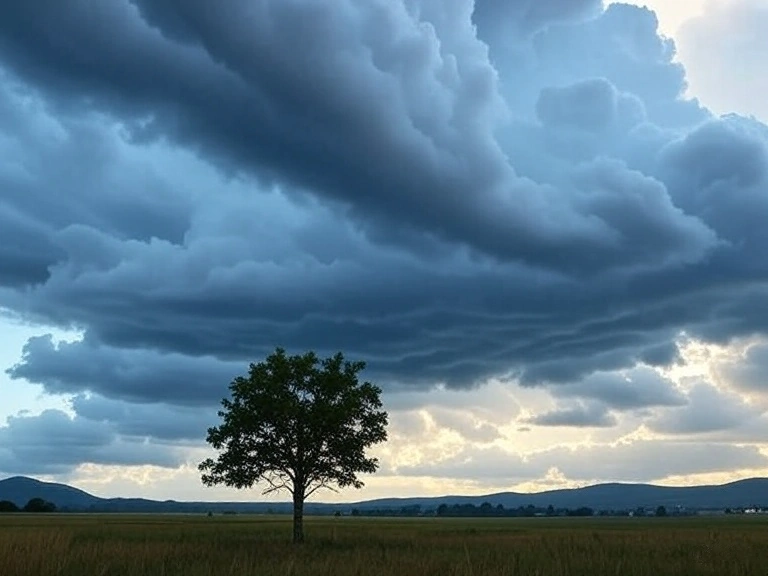
30 Doubt Examples & Meaning
Everyone experiences doubt. It can show up in small everyday choices or big life decisions. Sometimes it’s a quiet...
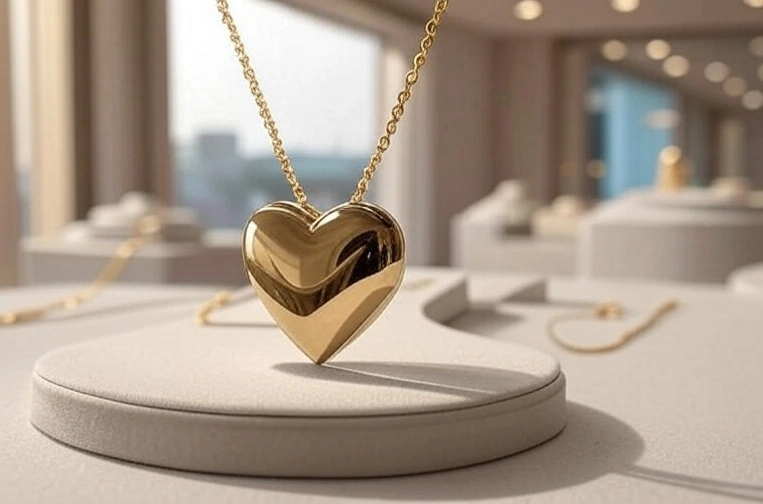
40 Emotional Value Examples & Meaning
Why do some messages stick — while others are forgotten? Why do people choose one brand over another, even when the...
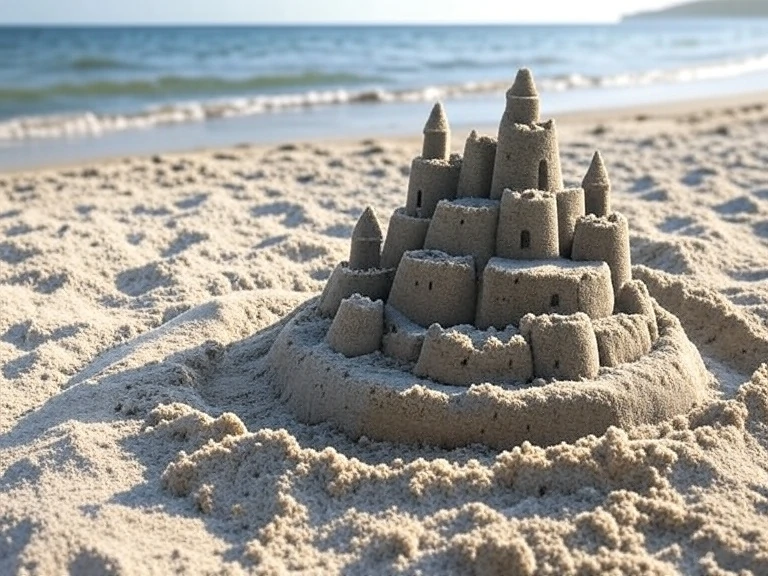
100 Temporary Things Examples & Meaning
What does it mean when something is temporary? We use the word often, but many people don’t stop to think about it. In...
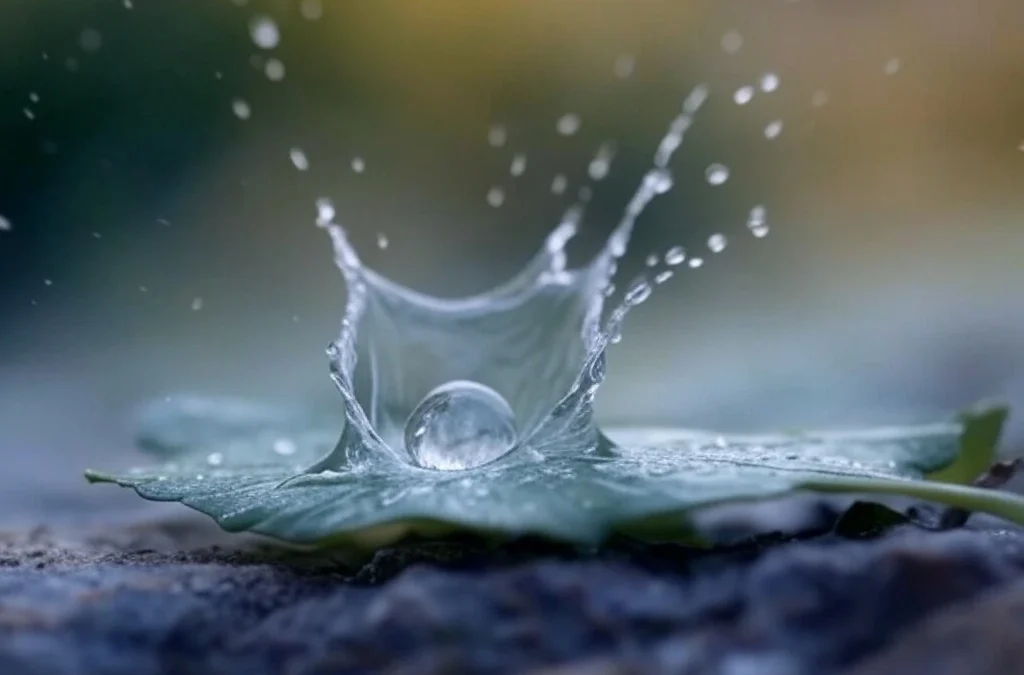
100 Things That Are Short
Not everything in life is big or long-lasting. Some things are small. Some things pass quickly. People notice short...
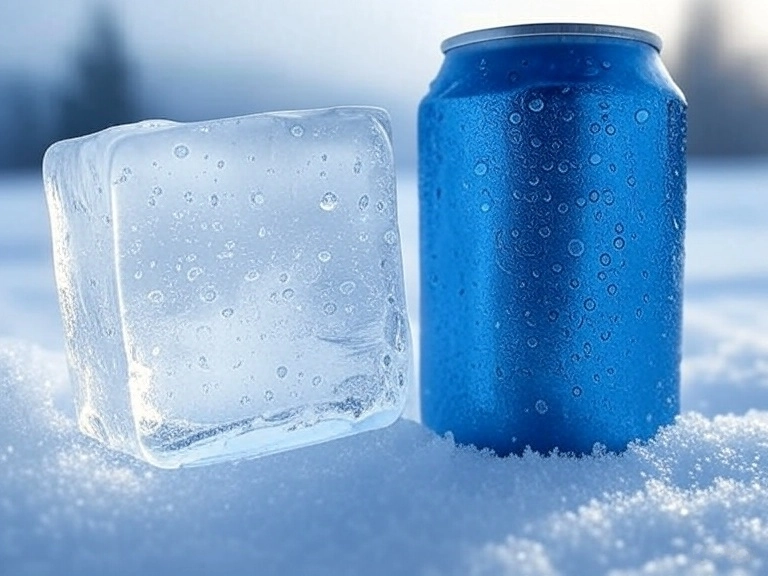
100+ Things That Are Cold
Cold is something most people understand the moment they feel it. You step outside on a freezing morning. You grab a...
Get Inspired with BitGlint
The Latest
30 Examples of Gathering & What It Means
The word gathering shows up in everyday life more than we think. People gather at dinner tables, sports games, places of worship, and even in traffic. We gather items, thoughts, ideas, and people. It’s a word that covers both the ordinary and the meaningful. But what...
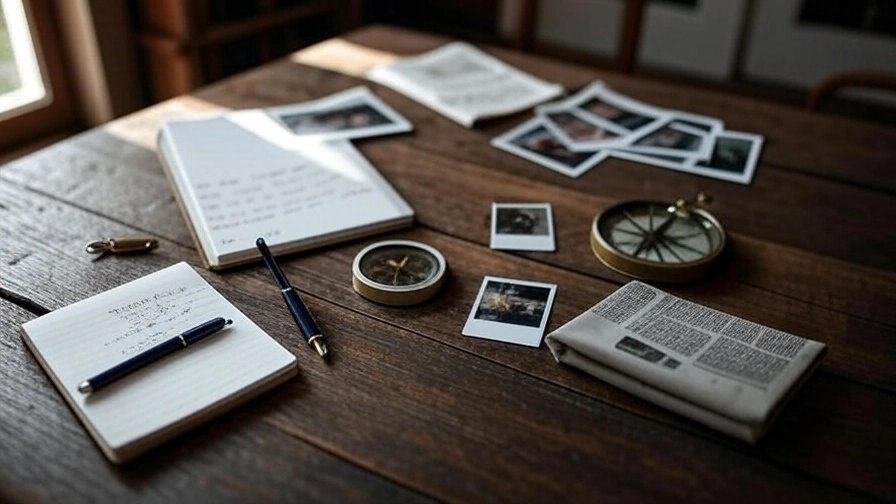
100 Non-Digital Things List
In everyday life, there are still hundreds of objects, tools, and materials that exist completely outside the digital world. These things don’t rely on apps, batteries, software, or code. They work the way they always have — by touch, by movement, by presence. Some...
100+ Legends Examples, Types, and Meanings
Legends have fascinated people for centuries. These traditional stories mix real history with imagination. From ancient warriors and lost cities to mysterious creatures, legends are found in every culture around the world. This article will take you through over 100...
20 Examples of Inconsistency & Definition
Have you ever noticed how some people say one thing and do another? Imagine a friend who constantly talks about the importance of healthy eating but is always reaching for fast food. This kind of inconsistency is something we encounter all the time, and it can be both...

